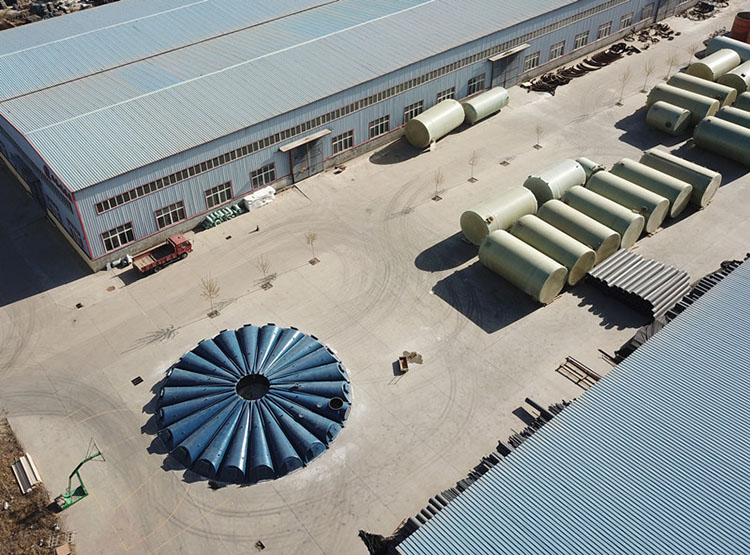
-
 Afrikaans
Afrikaans -
 Albanian
Albanian -
 Amharic
Amharic -
 Arabic
Arabic -
 Armenian
Armenian -
 Azerbaijani
Azerbaijani -
 Basque
Basque -
 Belarusian
Belarusian -
 Bengali
Bengali -
 Bosnian
Bosnian -
 Bulgarian
Bulgarian -
 Catalan
Catalan -
 Cebuano
Cebuano -
 China
China -
 China (Taiwan)
China (Taiwan) -
 Corsican
Corsican -
 Croatian
Croatian -
 Czech
Czech -
 Danish
Danish -
 Dutch
Dutch -
 English
English -
 Esperanto
Esperanto -
 Estonian
Estonian -
 Finnish
Finnish -
 French
French -
 Frisian
Frisian -
 Galician
Galician -
 Georgian
Georgian -
 German
German -
 Greek
Greek -
 Gujarati
Gujarati -
 Haitian Creole
Haitian Creole -
 hausa
hausa -
 hawaiian
hawaiian -
 Hebrew
Hebrew -
 Hindi
Hindi -
 Miao
Miao -
 Hungarian
Hungarian -
 Icelandic
Icelandic -
 igbo
igbo -
 Indonesian
Indonesian -
 irish
irish -
 Italian
Italian -
 Japanese
Japanese -
 Javanese
Javanese -
 Kannada
Kannada -
 kazakh
kazakh -
 Khmer
Khmer -
 Rwandese
Rwandese -
 Korean
Korean -
 Kurdish
Kurdish -
 Kyrgyz
Kyrgyz -
 Lao
Lao -
 Latin
Latin -
 Latvian
Latvian -
 Lithuanian
Lithuanian -
 Luxembourgish
Luxembourgish -
 Macedonian
Macedonian -
 Malgashi
Malgashi -
 Malay
Malay -
 Malayalam
Malayalam -
 Maltese
Maltese -
 Maori
Maori -
 Marathi
Marathi -
 Mongolian
Mongolian -
 Myanmar
Myanmar -
 Nepali
Nepali -
 Norwegian
Norwegian -
 Norwegian
Norwegian -
 Occitan
Occitan -
 Pashto
Pashto -
 Persian
Persian -
 Polish
Polish -
 Portuguese
Portuguese -
 Punjabi
Punjabi -
 Romanian
Romanian -
 Russian
Russian -
 Samoan
Samoan -
 Scottish Gaelic
Scottish Gaelic -
 Serbian
Serbian -
 Sesotho
Sesotho -
 Shona
Shona -
 Sindhi
Sindhi -
 Sinhala
Sinhala -
 Slovak
Slovak -
 Slovenian
Slovenian -
 Somali
Somali -
 Spanish
Spanish -
 Sundanese
Sundanese -
 Swahili
Swahili -
 Swedish
Swedish -
 Tagalog
Tagalog -
 Tajik
Tajik -
 Tamil
Tamil -
 Tatar
Tatar -
 Telugu
Telugu -
 Thai
Thai -
 Turkish
Turkish -
 Turkmen
Turkmen -
 Ukrainian
Ukrainian -
 Urdu
Urdu -
 Uighur
Uighur -
 Uzbek
Uzbek -
 Vietnamese
Vietnamese -
 Welsh
Welsh -
 Bantu
Bantu -
 Yiddish
Yiddish -
 Yoruba
Yoruba -
 Zulu
Zulu
fiberglass sand pipe
The Advantages of Fiberglass Sand Pipes A Modern Solution for Infrastructure
In recent years, the demand for durable, cost-effective, and environmentally friendly materials in construction and infrastructure projects has soared. Among these innovative materials, fiberglass sand pipes have emerged as a game-changer, offering unique benefits that cater to various industries. This article explores the advantages of fiberglass sand pipes, their applications, and why they are shaping the future of construction and water management.
What are Fiberglass Sand Pipes?
Fiberglass sand pipes are composite materials made from fiberglass reinforced plastic (FRP), molded into pipes that are specifically designed to transport sand, mud, and other abrasive materials. The innovative design of these pipes makes them lightweight yet incredibly strong, providing significant advantages over traditional materials such as steel or concrete.
Key Advantages
1. Durability and Corrosion Resistance One of the most significant advantages of fiberglass sand pipes is their durability. Unlike metal pipes that can corrode over time when exposed to harsh environmental conditions or chemicals, fiberglass pipes boast exceptional resistance to corrosion. This attribute extends their lifespan significantly, reducing the need for frequent replacements and repairs.
2. Lightweight and Easy Installation Compared to traditional materials, fiberglass pipes are considerably lighter, making transportation and installation easier and more efficient. This reduced weight means that fewer resources are required for installation equipment, enabling quicker project completion and lowering labor costs. Contractors can save time and money while ensuring that the infrastructure is built to last.
3. Flexibility and Design Versatility Fiberglass can be molded into various shapes and sizes, making it a versatile option for a wide range of applications. Whether it’s for irrigation systems, drainage solutions, or even sewage systems, fiberglass sand pipes can be customized to meet specific project needs. This flexibility is particularly beneficial in complex projects where unique requirements must be addressed.
fiberglass sand pipe

4. Resistance to High Temperatures Another noteworthy feature of fiberglass sand pipes is their ability to withstand high temperatures. This thermal resistance allows for safe transport of materials in environments where conventional pipes might fail. Such resilience is critical in applications where heat could otherwise compromise the integrity of the piping system.
5. Environmental Considerations With sustainability becoming a focal point in modern construction, fiberglass sand pipes offer an eco-friendly option. The manufacturing process generally requires less energy than traditional materials, and their long lifespan contributes to reduced waste. Furthermore, fiberglass does not leach harmful chemicals into the environment, making it a safer choice for projects that interact with the ecosystem.
Applications
The various applications of fiberglass sand pipes underscore their versatility
- Mining Operations In industries that require the transportation of mineral sands, such as mining, fiberglass pipes provide a reliable solution that decreases wear and prolongs service life. - Agricultural Irrigation Systems Farmers benefit from fiberglass pipes that can transport water or nutrient-rich solutions efficiently across vast fields, promoting better crop yields and more efficient resource usage. - Wastewater Management Their corrosion resistance makes fiberglass pipes ideal for both transporting wastewater and serving as part of treatment facilities, improving overall efficiency and reducing maintenance needs. - Oil and Gas The oil and gas industry uses fiberglass pipes for transporting sand in various extraction processes, owing to their strength and lightweight characteristics.
Conclusion
Fiberglass sand pipes represent a significant advancement in material technology for construction and infrastructure sectors. With their outstanding durability, lightweight properties, versatility, and environmental benefits, it is clear why they are quickly becoming the preferred choice for many applications. As we move forward, embracing such innovative solutions will be crucial in building sustainable and resilient infrastructure capable of meeting the demands of a growing population while preserving our planet. With continued advancements and adoption of fiberglass technology, the future of construction looks promising, driven by materials that are as functional as they are forward-thinking.









